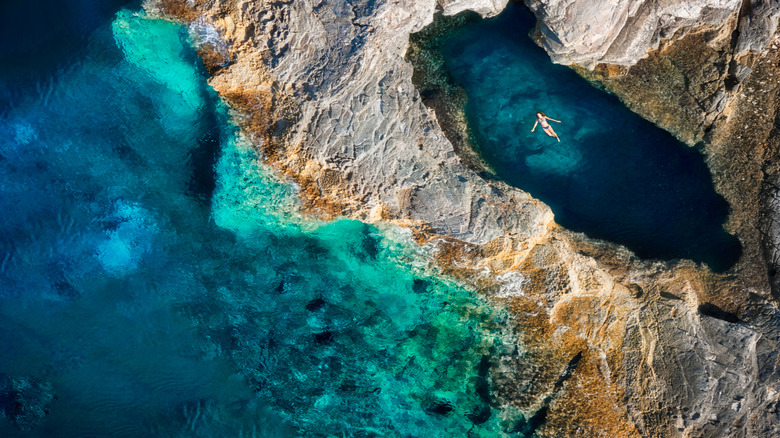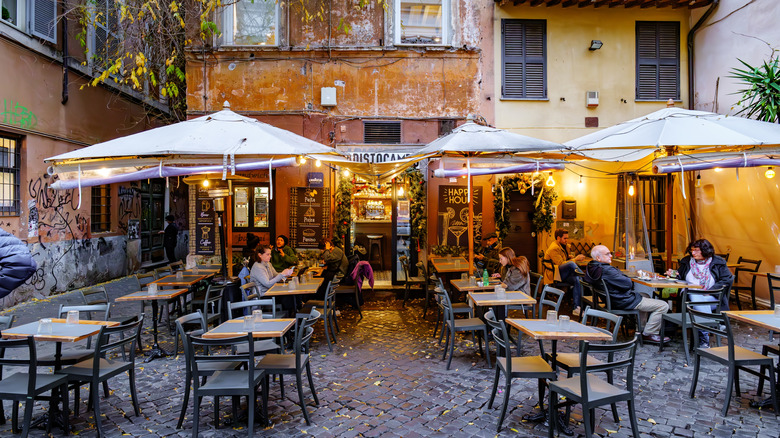The Common Scheduling Mistake You Should Avoid When Planning Your Next European Trip
Time is of the essence, so they say. You could argue that's never truer than when traveling. With the average American receiving just 10 days of paid vacation leave each year, surely it makes sense to optimize every single nanosecond of those trips away? Maybe, but not so fast. Before you go and line up each breakfast spot and crack out the top travel planning apps, take a moment to consider this: Some places on the planet are best explored without a plan, and Europe — sun-kissed, twirling with Spanish flamenco dancers, doused in Tuscan wine — is chief among them.
The experts agree. Rick Steves, that guru of all things Europe and veteran traveler of the region since 1976, writes rather lyrically about the benefits of ditching the itinerary in this corner of the globe. He cites Europe's fantastic train network and interconnectedness as reasons to throw caution to the wind, pick where you want to head to at a moment's notice, and simply go with the flow.
Resisting the urge to cover every last detail when you come to plan your first trip to Europe isn't only about being spontaneous. It's also about real immersion and channeling the art of "slow travel," a movement that prioritizes doing things at the correct pace to really appreciate a destination, to understand its myriad nuances and facets, all whilst respecting the planet and the environment.
Spontaneity and slow travel in Europe
Here's why big gaps in the schedule won't be an issue in Europe: There's perhaps nowhere better on the globe for spontaneous, last-minute travel decisions than here. Take Berlin as a case in point. The main train station in the German capital offers direct routes to the uber-romantic canal city of Venice in Italy, the tapas-brimming Gothic town of Barcelona in Spain, and fjord-carved Norway, to name just three. All those options are mere platforms away from each other! Who knows what town, city, village, or country will tempt you on a particular day?
With a packed itinerary, you also won't have time to stop and smell the proverbial roses. This is where slow travel comes in. It's a movement that involves all sorts, from cutting carbon footprints to reducing overtourism. But, at its core, it's about going at a pace that lets you forge meaningful connections with the people, places, cultures, and communities you move through. To soak it all in, so to speak.
When it comes to Europe, that's easily done. It could be as simple as sitting with a drink and people watching in a German hill village. Or, it could be longer and more meditative — the journey offered by a scenic hiking trail to untouristed towns in the Italian Dolomites, for example. The point is, cramming your schedule with too many sightseeing tours and booked excursions can push these meaningful, memorable moments to the bottom of the list, so try to resist the temptation if they're something you crave.

